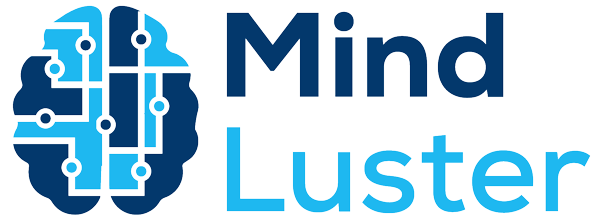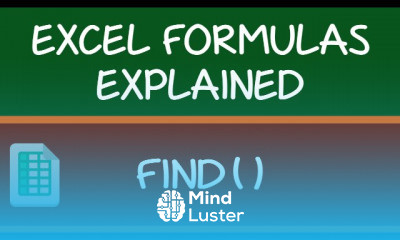What Is Entity Relationship Diagram ERD ER Model Explained In DBMS With Examples
Share your inquiries now with community members
Click Here
Sign up Now
Lesson extensions
Lessons List | 3
Lesson
Comments
Related Courses in Computer Softwares
Course Description
Database design Principles ,
in this course covers the fundamental principles of database design, providing you with the knowledge and tools to create efficient and well-structured databases. You will learn about key concepts such as normalization, relationships between tables, and entity-relationship (ER) modeling. The course emphasizes the importance of data integrity, indexing, and optimizing database performance. You'll explore how to design scalable, secure, and maintainable databases that meet user needs. Topics include understanding primary and foreign keys, creating well-defined schemas, and designing for future growth. By the end of the course, you'll be able to implement best practices in database design and apply them to real-world scenarios, ensuring the creation of robust and reliable databases that support business needs and data management processes.
Trends
Web Design for Beginners
Graphic Design Basics
Graphic design tools for beginners
Advanced Logo design methods
Best zoology books
Web Design Using HTML CSS
Web Design 101 Free Full Course
Accounting
Figma for UX UI design
Biology
UX design career in 2025
Graphic Design | Photoshop
Logo Design
Accounting Finance course
Figma Signing Up and Signing In
Make money as a freelance designer
Customizing type for logos
Financial Accounting
Web design basics
Logistics and Supply Chain Management
Recent
Bioinformatics basics
Bioinformatics databases
Vitamin A to Z tablets
Best zoology books
Best cream for piles pain
Laser surgery for piles
Best cream for piles
Anal fissure treatment
Best antibiotics for diseases
Antibodies structure
Macrophage structure
Drosophila genetics
Diagnostic tests
Bioinformatics
Genetics
Gene therapy
Kidney structure
DNA replication and types
Bacterial cell structure
Parasite structure



















